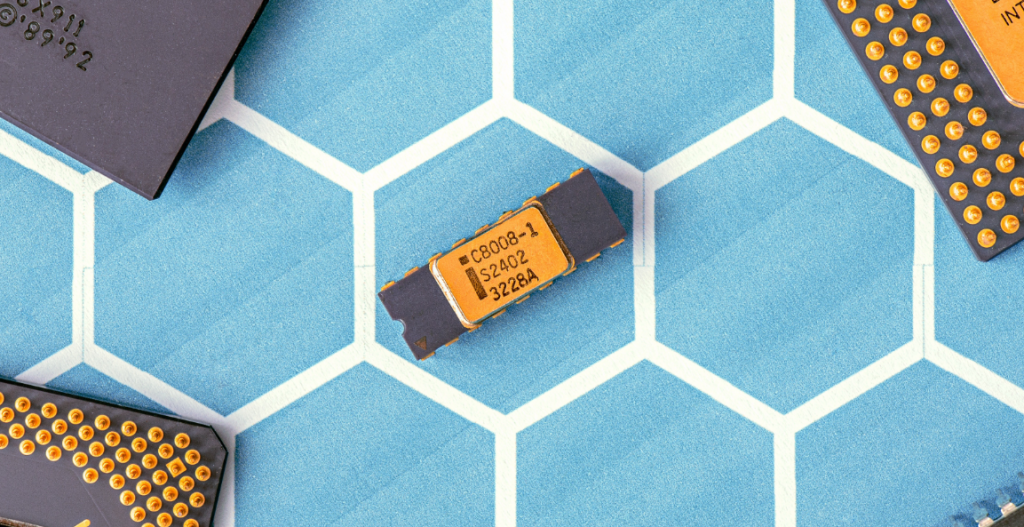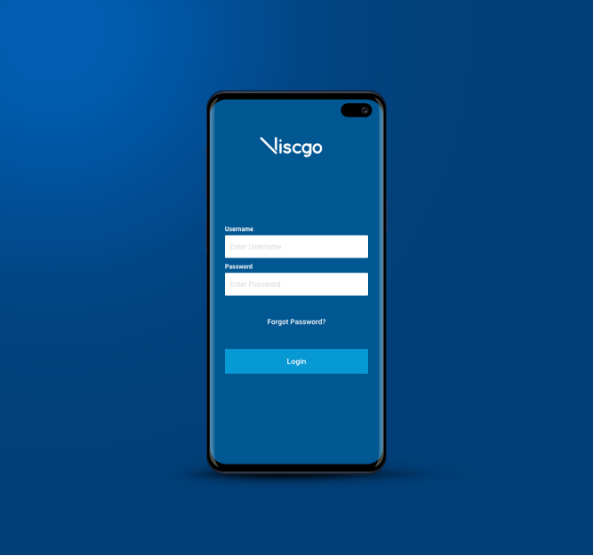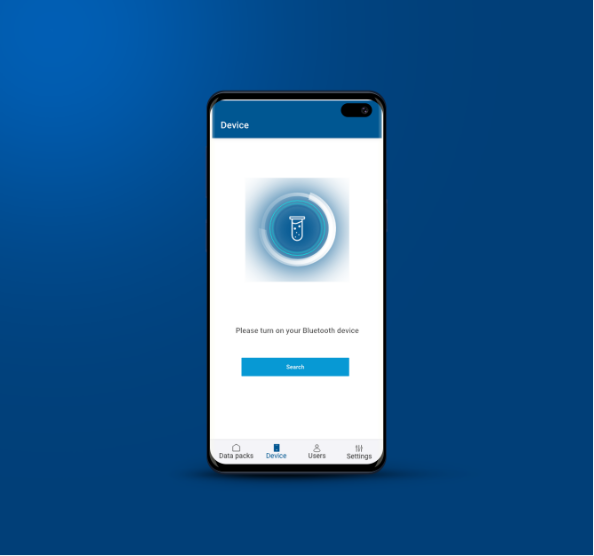Our Solution
The solution aimed to capture data collected by the smart device, process the data and, using algorithmic calculations, determine and present an appropriate result for the patient / nurse to understand.
We set up an initial scoping meeting with the client to understand the clients’ requirements and to nail down the MVP (minimum viable product). From this, the project managers put together a proposal listing the outline scope, vision, target audience and the agreed technical specification of the app / CMS.
A smart device was required to work hand in hand with the app. The device captured data by being placed in the fluid in a vertical position within a vessel. The device is released and falls to one side. The rate of fall (time V angular change) is recorded and received by the app or dongle and the data is recorded against a patient.
Our development team worked alongside the hardware company in China who created the smart device in order to sync the device with the app. In order to do this, our developers created an app to communicate with the device software.
The client required branding for Viscgo and so our creative team worked their magic and designed the app from scratch. We quickly set up a design meeting where our creative team came around the table, applied their expertise and worked with the client to establish branding that fitted with the app concept. We believe working in collaboration helps identify and eliminate what is detracting from the idea, so having regular meetings with the client is a must for us / our approach.
Once the branding was confirmed, it was on to a designer’s favourite step; wireframing! This is where our UX / UI designers (working alongside our business analysts) put together a design structure of how it would look and feel.
Once the specification and the wireframing was done, it was time to develop a working prototype. This allowed the client to get a feel of how the finished product would function and gave our team the opportunity for early feedback, assisting with development.
Once the client had given their feedback and changes, we had an official sign off meeting to confirm in writing that the client was happy with the final prototype so it could move into the development phase.
Throughout the project lifecycle, our fantastic QA team tested the app and device software to see if they could find any interface defects / bugs or issues. They evaluated whether the system complied with the outlined requirements and met our stringent quality standards.


